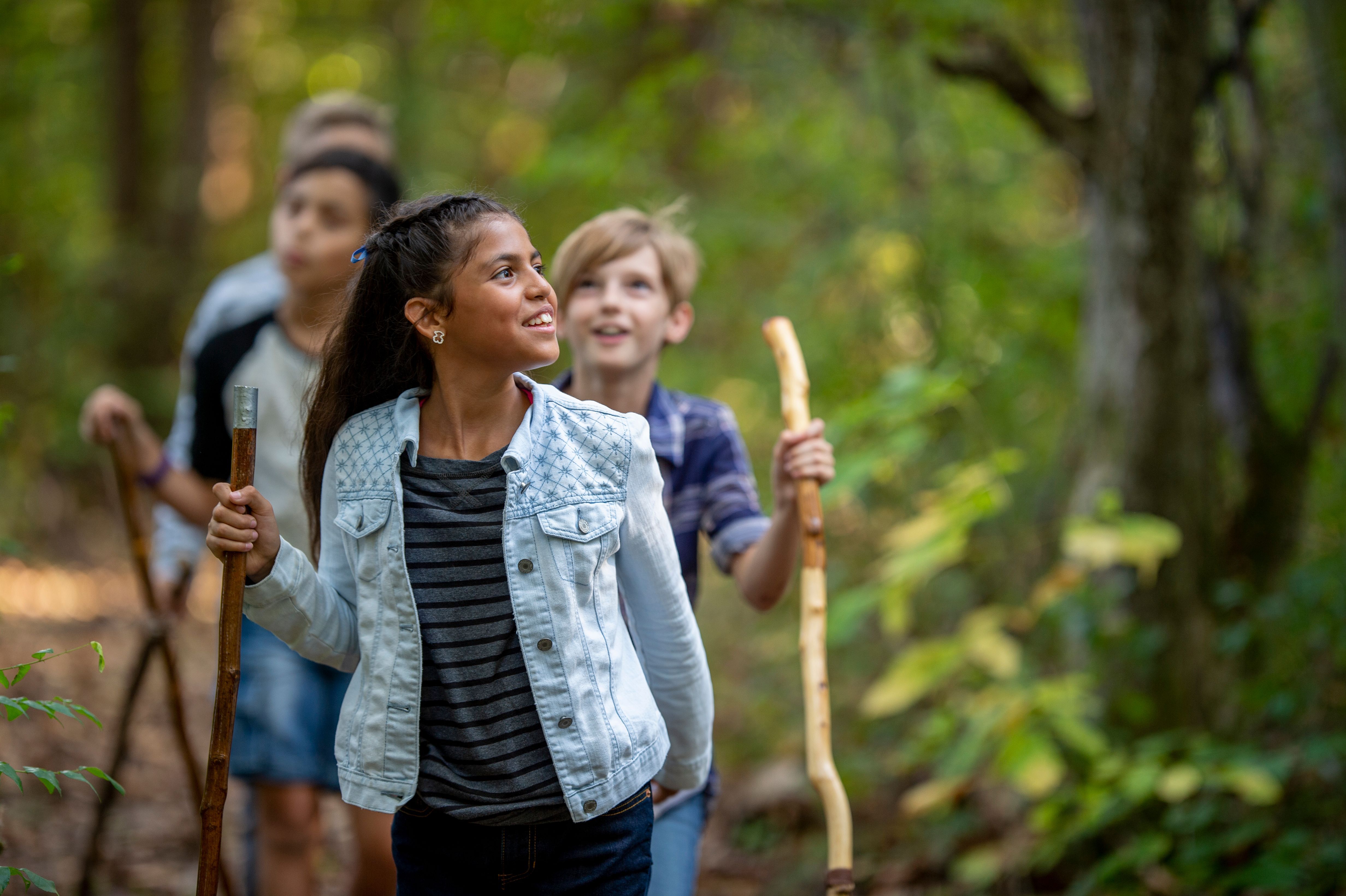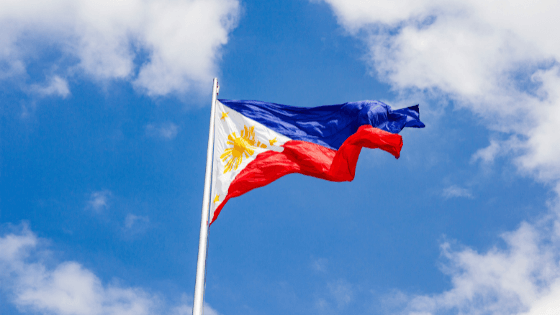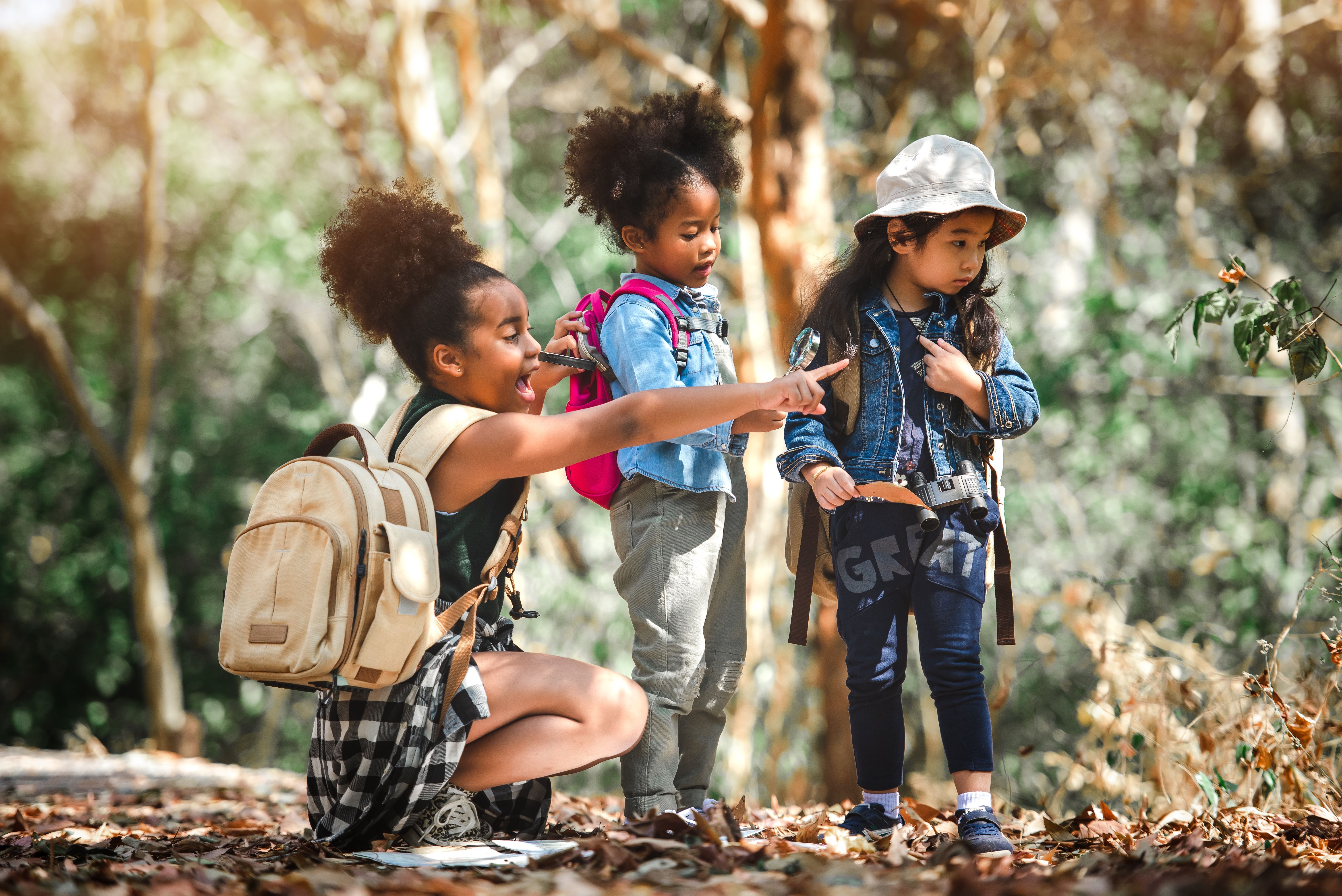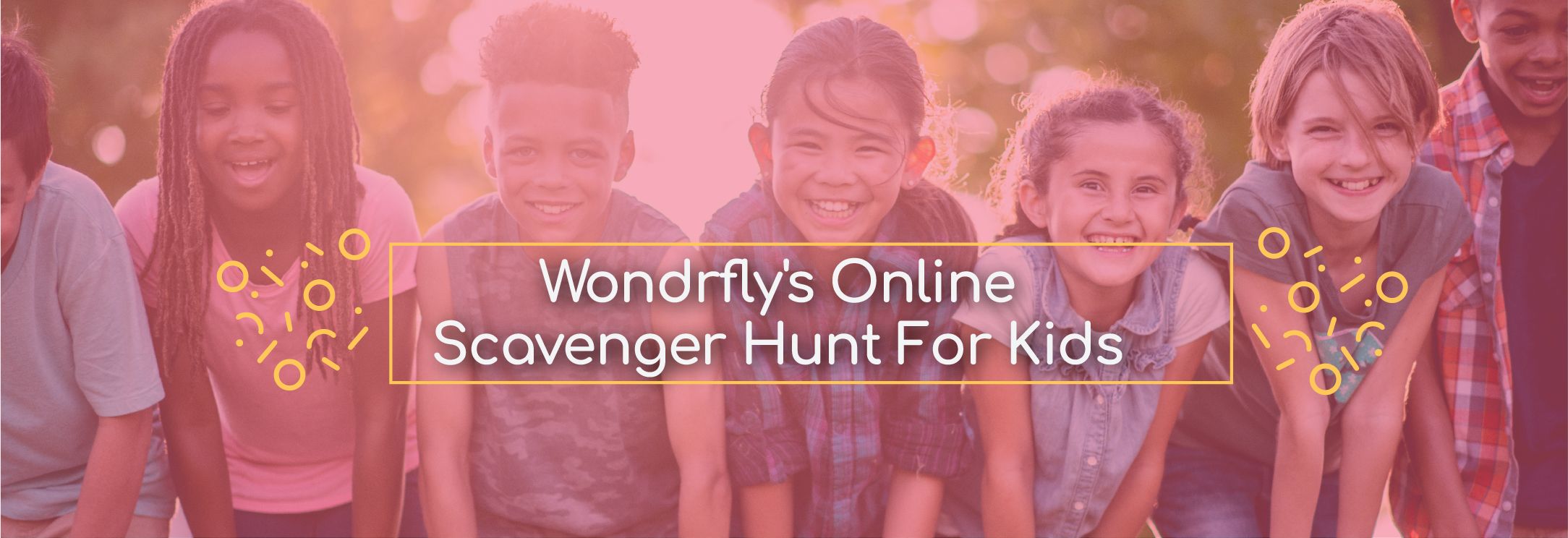November is Native American History Month, and learning about the original indigenous tribes that inhabited the Americas prior to colonization is critical for kids. It makes them more aware of and sensitive to the cultures and experiences of others.
Teaching our children about indigenous cultures is key to raising a smarter, more empathetic next generation for a brighter tomorrow. But this doesn’t keep it from seeming like an intimidating, behemoth task.
How do we start? In small ways, like taking a day or two with your child to do some fun learning activities related to Native American culture and history. Incorporating some of these activities for kids into the month of November can start important discussions about and raise kids’ awareness of indigenous peoples and their cultures.
How to Discuss Native American History with Kids
**NOTE: The terms American Indian and Native American are often both used to describe the indigenous peoples of the Americas. They are both considered valid and used by indigenous communities, so you may see them used interchangeably in some of these resources. **
Talking to kids about the Native American experience can get uncomfortable, because it involves a lot of loss, heartbreak, and downright criminal deprivation. However, it’s important not to let this get in the way of letting kids learn about the culture and history of Native Americans. If anything, it’s the reason Native American history should continue to be taught and celebrated—so future generations can learn from the mistakes of history.
Here’s a terrific article from the Cincinnati Public Library in collaboration with the Education Coordinator at the Greater Cincinnati Native American Coalition. The Education Coordinator, April Hester, makes a few good points when it comes to discussing Native American history with kids. They include the following:
Diversity is Key
Hester emphasizes the importance of debunking the stereotype that Native Americans are a homogenous, monolithic people. To understand Native American culture, one must understand that there’s an enormous diversity of tribes in the U.S. with their own individual cultures, histories, and heritages. No one tribe is exactly like another, they’re unique like snowflakes!
Don’t Embellish the Truth
There’s a lot of tension surrounding the classic story of the first Thanksgiving, and whether it’s a historical myth or misrepresentation. To avoid drama, skip the myths and stories and teach kids what’s true instead. This doesn’t mean you have to drop the whole gruesome history of colonialism on your five-year-old. Of course not! But the time you spend teaching them things that may misrepresent history could be better spent teaching them bona-fide facts about the way Native American tribes lived pre-Columbus, and the way some continue to live today!
Ways to Celebrate Native American History with Kids
Learn About your Local Tribes
One of the best ways to bust the myth that Native American tribes are all one culture is to learn about all the different tribes in your state, and the ones that lived or live on the particular land you inhabit. New Jersey, for example, is home to three recognized tribes, the Nanticoke Lenni Lenape, the Ramapough Lenape and Powhatan Renape. Find the tribes that historically held territory in your area by looking up your location on this handy map! Learn as much as you can about the individual tribes in your area—what they ate and how they cooked it, what they wore, what dwellings they lived in, and more!
Learn New Mythology
Native American myths are full of fascinating answers to the big questions little kids have about life. How did people, plants and animals come to exist? What about the sun and the moon? Learning that different cultures all have different answers to these questions is essential to your child’s social development. It’s a crucial part of broadening your child’s worldview to prepare them for life in an increasingly globalized world. A great place to start with Native American myths is this video about the Hopi people’s creation myth, animated by PBS.
Listen to the Drums
Drumming is a recurring theme in the musical traditions of the various Native American peoples. If you have a drum handy to pound on at home, you and your kid can follow along to this drumming lesson from a Pueblo-Lakota drummer.
Get Creative in the Kitchen
Cooking together is a great way to enrich your child’s day as well as their fine motor and cognitive development. Why not try one (or more!) of these delicious, nutritious, traditional Native American dishes from Little Things.
Get in Touch with Nature
One of the things shared by all Native American tribes is a respectful and loving relationship with our provider, the earth. Native Americans historically lived off and in harmony with the land, and many tribes still do today. Set a goal to take more nature walks with your child this November, being mindful and observant of what you see on the way. If you want, you can even learn how to respectfully forage for crafting materials and try a little nature crafting!
Read a Book by a Native American Author
The people best equipped to talk about a cultural experience are those who have experienced it themselves in some way. Therefore, the easiest, and perhaps best, way to open a discussion about Native American cultural heritage with your child is to read them or have them read a book by a Native American Author. Check out The Seattle Public Library’s list of Native American-authored children’s books for a great starting point.
Take a Virtual Field Trip
Museums can teach us a lot about history and culture, and you’ll be excited to learn that the Museum of Indian Arts and Culture offers 360 degree virtual walkthroughs of four of its exhibits! They also have a selection of informative and engaging online exhibits. In addition, The Smithsonian National Museum of The American Indian offers an array of online exhibits you can peruse with your child from home.
We hope this guide to celebrating Native American History Month with your child gets your child learning and growing by interacting with varied cultures. For more tips on how to celebrate every day with your child, follow The Holiday Helper on the Wondrfly blog. Looking for ways to keep your child learning and growing throughout the year? Search wondrfly’s extensive list of Jersey City kids’ activity providers!



